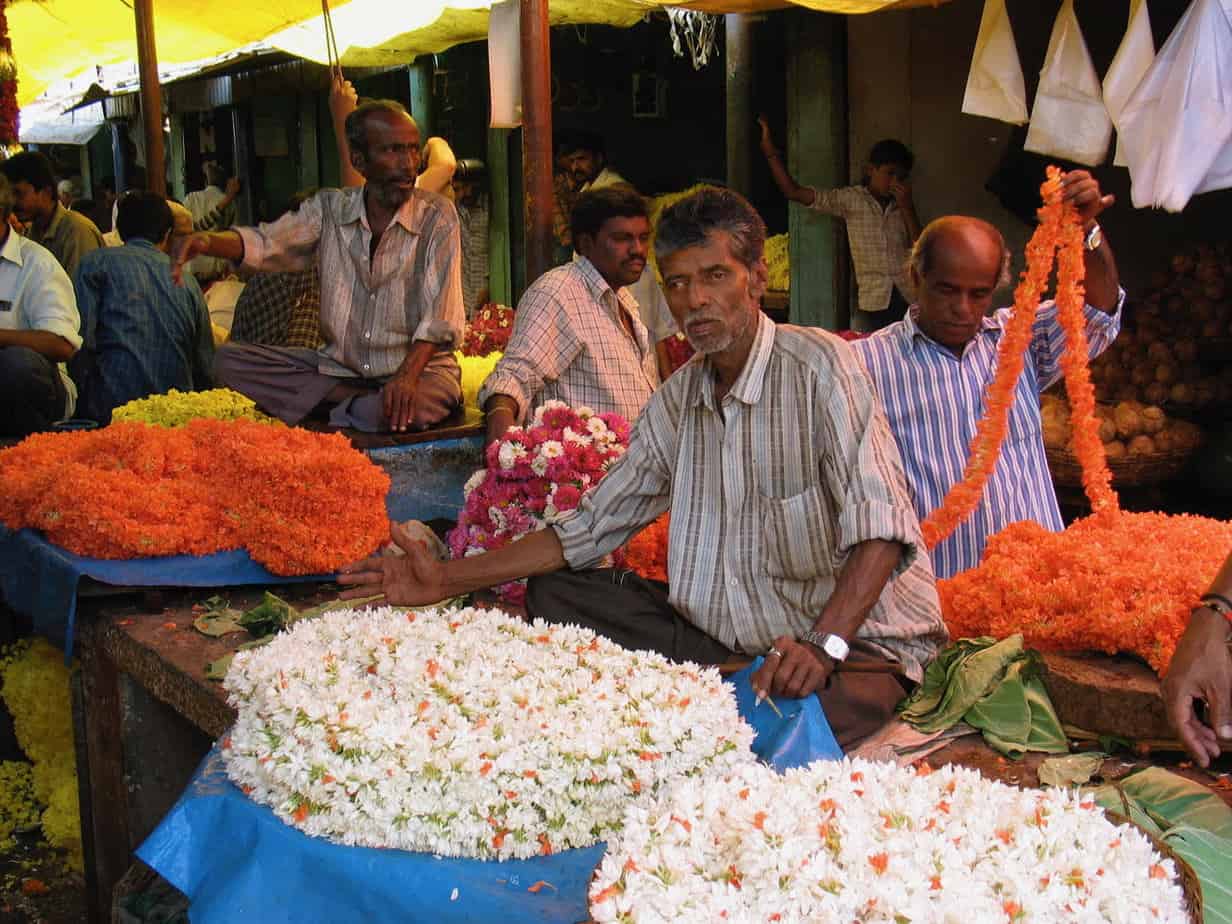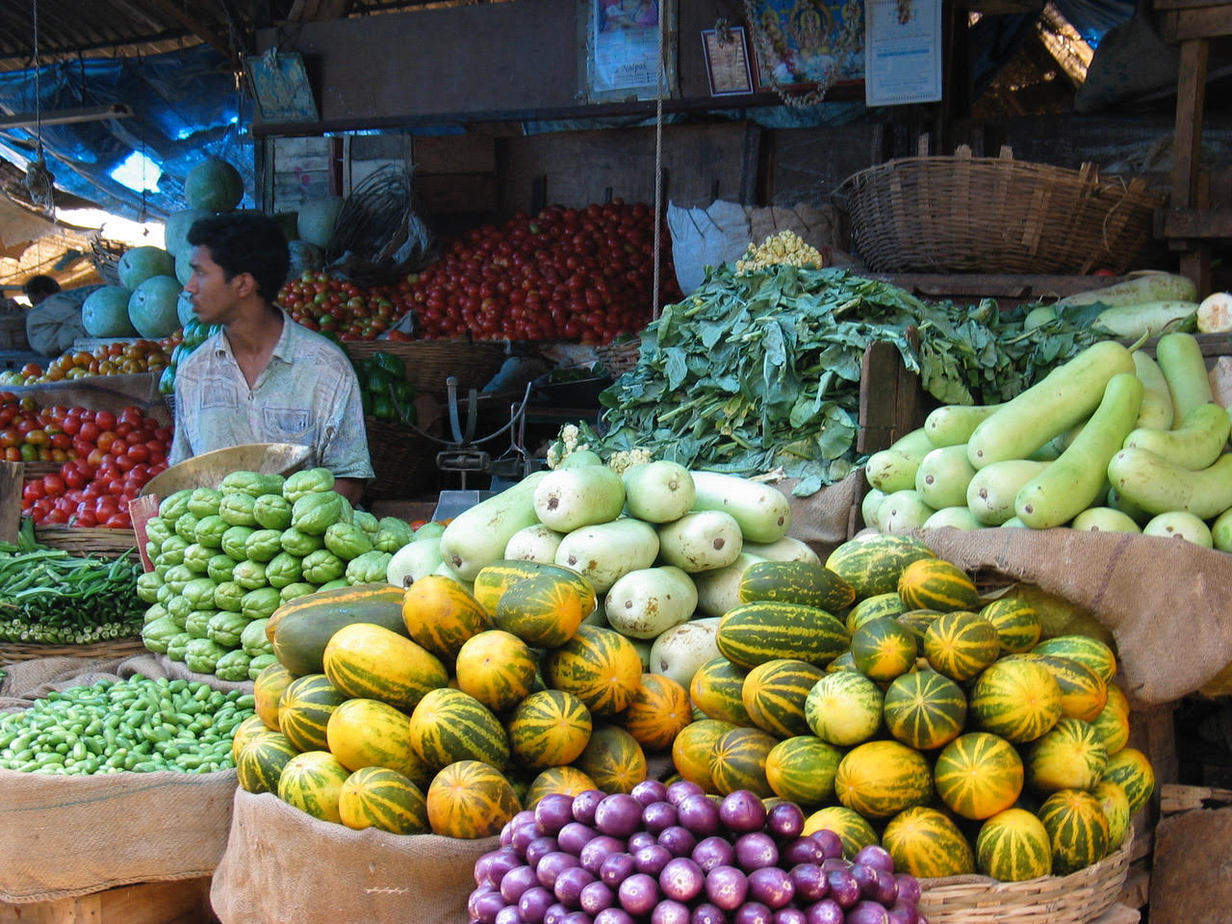In recent days, we have yet again come to face the dilemma between modernizing Mysuru and preserving its heritage sites. The imperative of avoiding accidents from crumbling buildings, improving traffic and providing more parking space while preserving the old charm of the city and promoting tourism have created what looks like a zero sum game. In other words, a situation where the former set of objectives can be achieved only at the cost of the latter.
In that belief, Mysore City Corporation (MCC) now wants to demolish Devaraj market and Lansdowne building, ignoring the advice of heritage experts. Devaraj market, about 130 years old is located close to south east of the palace and was constructed by Mysore rulers, Wadeyars. It houses over 800 shops. Lansdowne building was constructed in honor of the visiting Viceroy and Governor-General Lord Lansdowne in 1892. But while the city government seems intent on demolition, tenants, royal family and heritage activists have been pressing for restoration of these sites.
Both sides quote expert reports to support their positions. Yet, if we analyze the findings of these supposedly conflicting reports based on discussions with experts from both the sides, it appears possible to find a solution that can convert this current zero sum game into a win-win situation.
All experts with competence in preserving heritage buildings have fully supported restoration of these two heritage sites. On the other hand, a task force, mostly consisting of Mysuru-based engineers with expertise in civil engineering, has submitted a report which recommends total demolition of the buildings. The task force has found that while the foundation and walls are still sound and strong, the roofs require major work. The task force was also critical of the shop owners who have carried out repair work without the advice of experts.
Short shrift for heritage
To understand why the MCC has failed to preserve these heritage sites so far, we need to recapitulate recent history. In 2005 when a portion of Devaraj Market collapsed, the then Mayor stated that “Even if the market is restored under the guidance of architects, it will not last more than 20 years. It is better to construct a new market instead of restoring it.” She claimed that all the corporators had informally agreed on demolition of the market!
However things today would have been different if only MCC had listened to the recommendation made by Mysore Grahakara Parishat that same year on Nov 12th. MGP had suggested that the collapse was because of inadequate engineering maintenance. This is the view that was supported subsequently by all experts. MGP had then recommended immediate restoration work.
In 2011, a design team consisting of three French experts again submitted a report to MCC to conserve and develop the area around Devaraj market. This project was sponsored by the Indian Heritage Cities Network Foundation (IHCNF). After conducting a workshop in Mysuru, the design team recommended a set of suggestions to restore Devaraja Market.
In 2016 after the collapse of the northern gate on Dhanvantri Road, Arun Menon, Assistant Professor from IIT Madras and Convener, National Centre for Safety of Heritage Structures submitted a report strongly recommending the restoration of the structures rather than demolition. Despite these repeated suggestions, the civic body seems to be heavily leaning towards demolition.
Myopic approach?
It is more than likely that our corporators may not have been properly briefed by the concerned authorities about the recommendations of these experts. If the necessity of preserving the famous heritage sites of Mysuru had been adequately conveyed to them, they would most probably have supported the restoration. In the absence of evidence, one can easily dismiss arguments that some corporators are motivated to support demolition because of potential monetary benefits from the customary commission from civil work.
However, some issues, though well known, have not been probed in depth. For example, all of us know that thousands belonging to the poor (including some petty shopkeepers) depend for their livelihood on these two buildings. What is not known is the amount of revenue foregone by MCC. Several original shop owners have leased their properties at exorbitant rents while the MCC gets a pittance. Since MCC does not derive sufficient revenue from these properties, proper maintenance has been a challenge.
By collaborating with Mysore University’s Institute of Developmental Studies, the MGP had collected information about this sorry state of affairs and had given reports to MCC several times in the mid 90s. But while more visible engineering issues (crumbling buildings) and the for parking space are always highlighted by the corporators, invisible but equally important legal issues of ownerships or likely sufferings of daily wage earners are never discussed.
Points to ponder
Mysuru should learn from historic cities like Florence in Italy where private vehicles are banned in the central parts visited by the tourists. In Europe many cities like Milan, Paris, Helsinki, Hamburg, Madrid, etc are either planning to ban or have already banned cars in certain areas because of heavy traffic. Shouldn’t we learn from their experience and preserve our heritage?
A small country like Uzbekistan can also serve as a role model. When it was part of the Soviet Union, its famous madrassas, mosques, and mausoleums were deliberately ignored (see the photo). But photos of Registan in Samarkand, a city from where Mughal ruler Babur came, clearly show how Uzbeks have succeeded in restoring their 600-years-old heritage site, rather than demolishing it. Indeed, they have restored most of their heritage sites. Now tourists in large numbers from all different parts of the world are visiting Uzbekistan.
Finally, if Mysuru keeps on demolishing our heritage buildings and sites (all in the name of modernization), we will alter the basic character of the city. Why will any tourist be interested to visit Mysuru to see modern gleaming buildings? Agraharas or crowded back streets of Urs Road are far more attractive to tourists than modern areas like Saraswathipuram or Vijaynagar.
Since corporators and District-in-charge minister G T Devegowda are unable to find a solution, the buck seems likely to end up at the desk of the Chief Minister. G T Devegowda should request the CM to appoint a high level committee consisting of eminent experts, both in Civil Engineering and heritage conservation ( INTACH, IHCNF, etc), to recommend a plan of action. Since several reports are already available, such a commission should be able to give recommendations within a month.
An approach based on technical factors rather than political considerations should guide us in shaping the future course of action. If we delay the decision as we have done since 2005, we will lose these two heritage gems and future generations will never forgive us.



